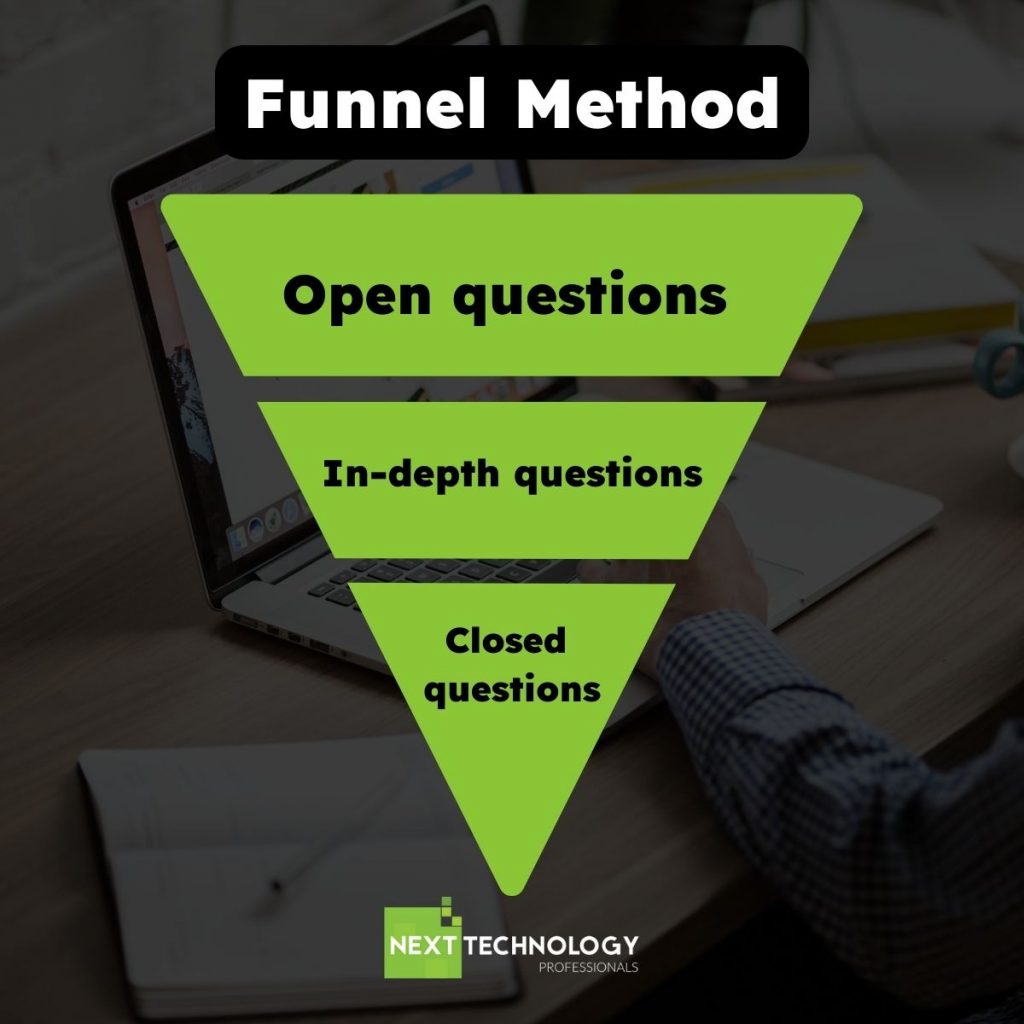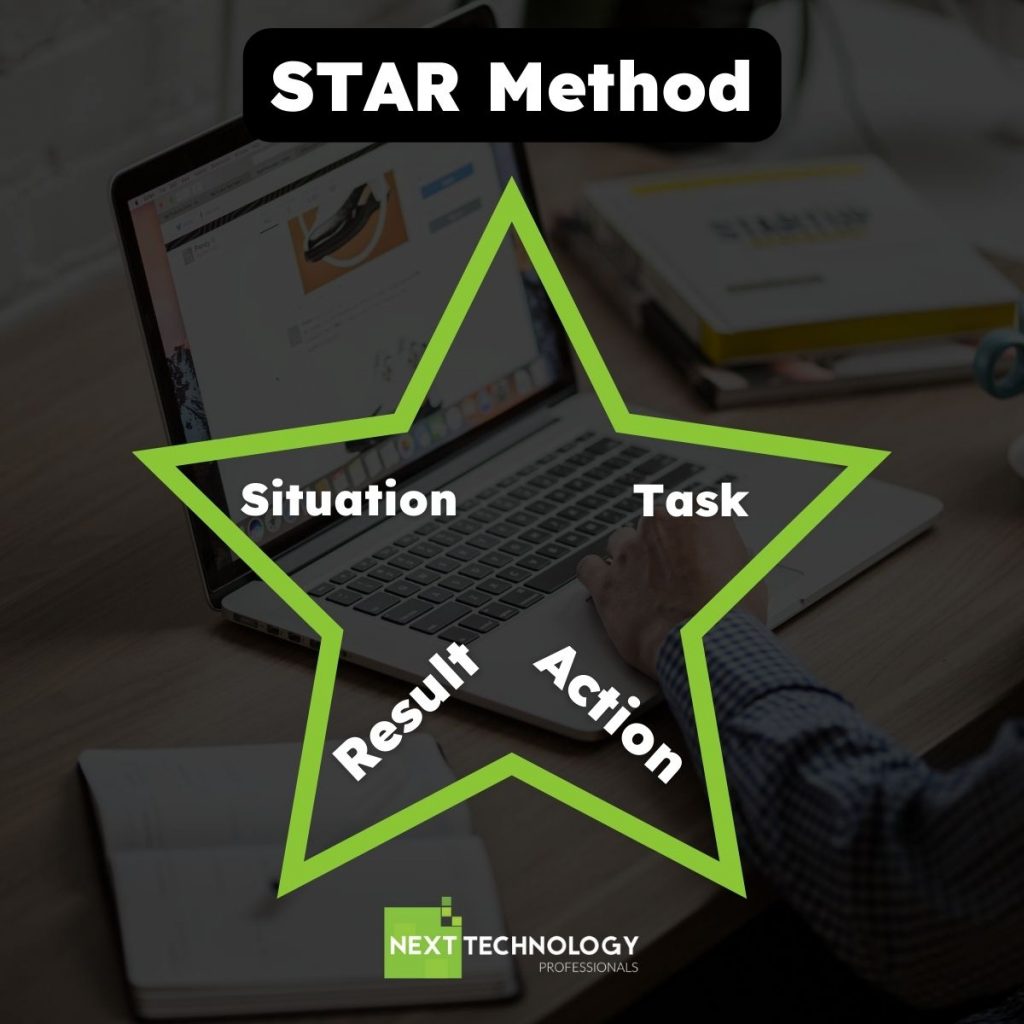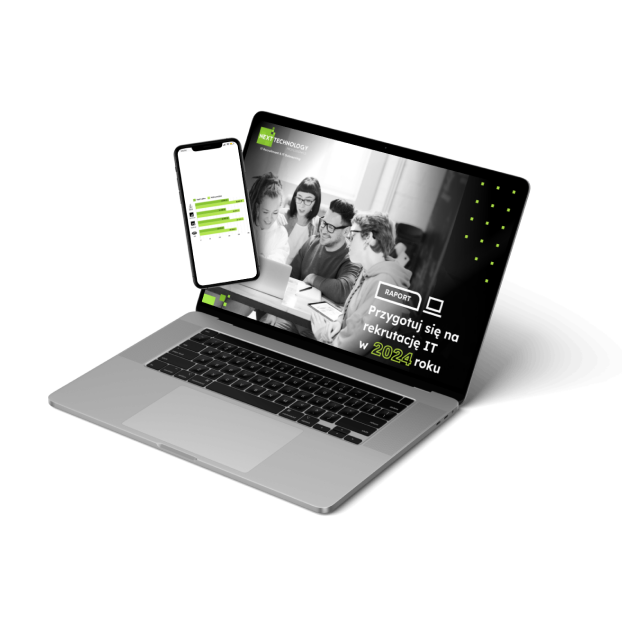The Competency-based Interview (CBI) is a method that allows you to assess the real level of competencies of a candidate, with particular emphasis on the soft skills, which are difficult to verify during an ordinary interview. The tool is one of the best ways to get real information from a candidate during an interview, as it is not based solely on declarative responses. The Competency-based Interview focuses on examining the candidate’s behavior in specific situations that have occurred in the past and are directly related to their professional experience. Thanks to this, the CBI allows the recruiter to obtain reliable information about the interlocutor.
What will the Competency-based Interview help us with?
The purpose of the competency-based interview is to verify the candidate’s past behavior and on this basis to determine their likely course of action in similar situations in the future, when they become an employee in our company. The essence of asking behavioral questions is to verify how the candidate will deal with difficult situations that may appear in their future position. The CBI will also be a great opportunity to verify the competencies declared by the candidate and detect potentially false information contained in their application documents.
How to prepare for a behavioral interview?
Proper preparation for a behavioral interview is the key to success. We should carefully consider what problems may occur in a given job and what competencies we want to examine during the interview. We should start preparation by identifying the most important desired behaviors and skills of a potential new employee. In the next step, we can move on to formulating the behavioral questions that we will ask all candidates during the interviews so that we can compare the responses of different respondents.
What questions to ask during the competency-based interview?
During the CBI, we ask behavioral questions, i.e. questions that urge the candidate to describe their behavior in a specific past situation. Using this type of question, we will find out what the person really did and how they behaved under real conditions, not just how they suspect they would have behaved in a hypothetical situation. We must remember to stick to the planned questions that will allow us to examine the competencies desired in a given job. In order to get a complete picture of the situation, we ask questions consisting of several parts during the interview. We ask the candidate to:
- talk about a situation or event,
- describe their reaction and actions taken,
- present the results and assessment of the situation by the candidate.
Questions should be asked in an open manner, allowing the candidate to freely formulate thoughts and encourage them to tell in their own words about the course of the described situation. In the competency-based interview, we can use several methods of asking questions. Most often we use the funnel or STAR method.
Funnel method

The funnel method involves starting a topic with open-ended questions, and then asking questions that allow you to refine the candidate’s statements in order to best understand the described event. The clarification is most often based on closed or comparative questions.
In the funnel method, we ask in turn:
- open question,
- deepening question,
- closed question.
| Example: If you want to test the level of competence in ‘goal orientation‘, you can ask the applicant, in order, the following questions: – Give an example of an important professional goal that you have set for yourself. – How did you manage to achieve it? – What difficulties did you encounter? – How did you deal with these problems? |
STAR method

The STAR method is based on asking the candidate successively questions about the situation, the task the candidate performed, the actions they have undertaken and the result they have achieved. STAR consists of four stages:
S (Situation) – we start with a request for a description of a situation that our candidate once encountered.
T (Task) – we ask about the goal that the candidate set for themself or the tasks for which they were responsible in this situation.
A (Action) – we ask the candidate to describe the actual action or actions they have taken in a given situation in order to complete the task or achieve the goal.
R (Result) – we ask the candidate to present the effect of the actions taken and, if necessary, we ask about the conclusions drawn by them.
| Interesting fact: The STAR method can be modified. There are two counterparts that can also be used in competency-based interviews. These are: PAR (Problem, Action, Resolution) – in this method, we successively ask the candidate about the problem encountered in the past, the actions taken and the solution to the problem. CAR (Challenge, Action, Result) – in this method we ask the candidate one by one about the challenge they have faced in the past, the actions taken and their result. |
When conducting a STAR behavioral interview, we must avoid common mistakes. Remember that the candidate should provide us with specific examples of situations and behaviors that have occurred in the past. Stick to questions about professional situations and guide candidates who give guesses in their answers or talk about group solutions to problems, instead of their own ideas, thoughts and experiences.
| Example: If you want to test your ‘customer focus‘ competence level, you can ask the candidate the following questions, one by one: – Tell me about a situation in which you had to deal with an upset client. – How did you behave in this situation? – What was the result? If you want to test the level of competency “teamwork“, you can ask the candidate, one by one, the following questions: – Tell me about a situation in which you had to work out a joint solution with a team whose members were not on good terms with each other. – What role did you play in this team? – What steps did you take? – How did this situation end? |
All stages of asking questions in accordance with the STAR model are extremely important. The interview is only effective if, after its completion, we have a full picture of the candidate’s experience and understand all four components of STAR in the examples they describe: we know the situational context, we understand the candidate’s tasks and the assumptions and actions taken by them, as well as the results they managed to achieve.
After the interview, the recruiter’s task is to assess the level of competencies presented by the candidate and to determine to what extent this level corresponds to the requirements of a given job and the company’s expectations. Only a complete picture of the situation with each of the examples will allow us to make a fair and objective assessment of the candidate’s behavior and compare their results with the results of the other respondents during recruitment.
If you’re looking for support from an IT recruitment agency and you care about in-depth verification of competencies, contact us. We’ll be happy to help.




